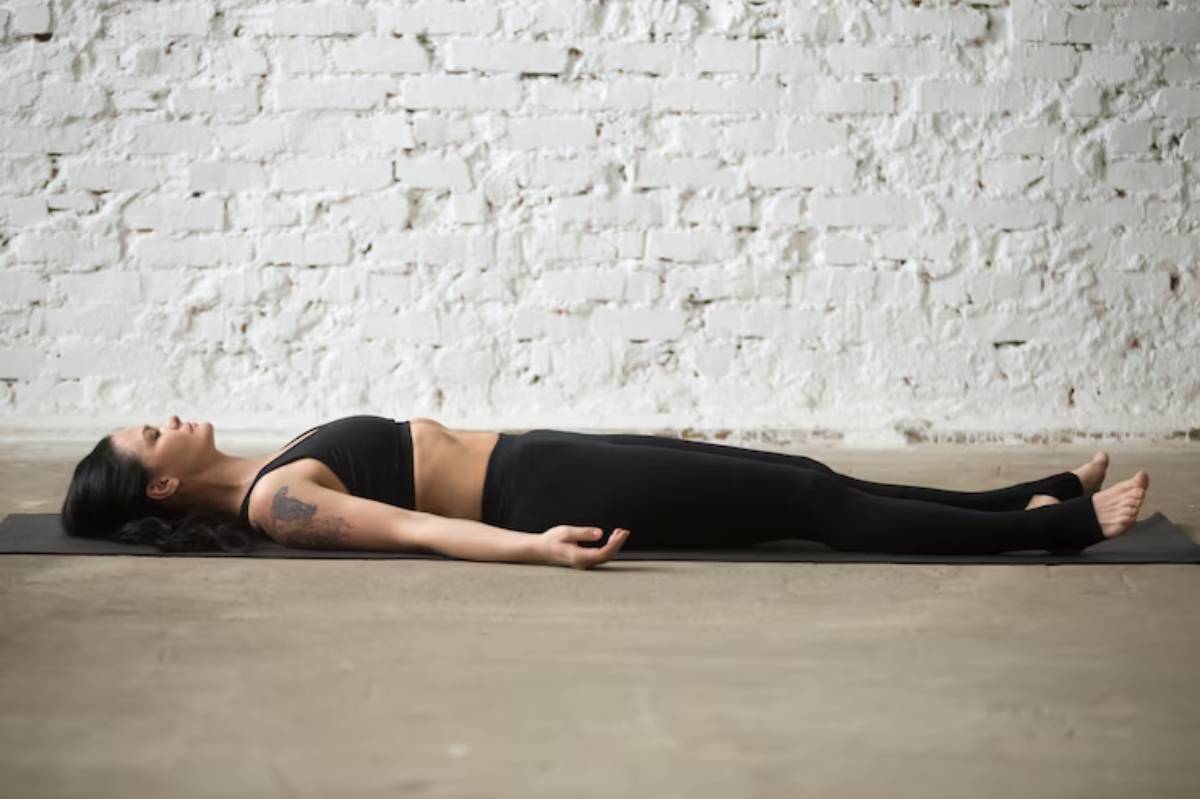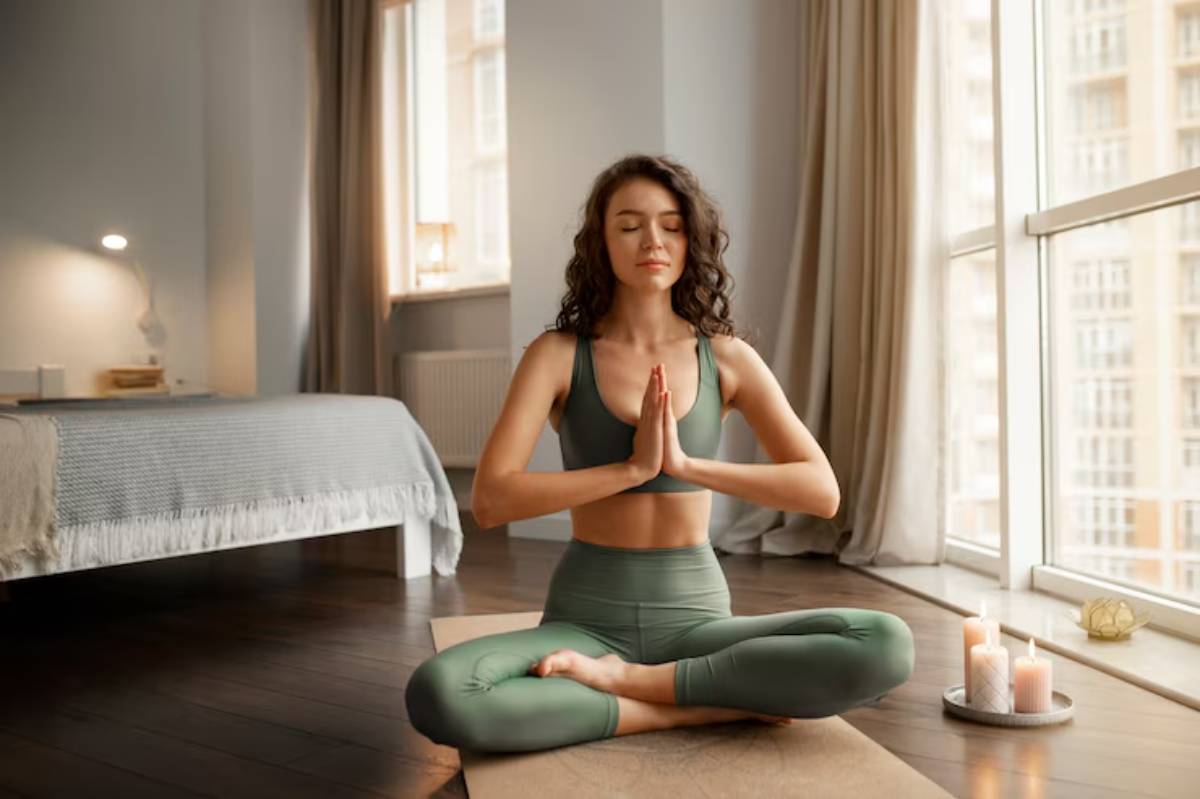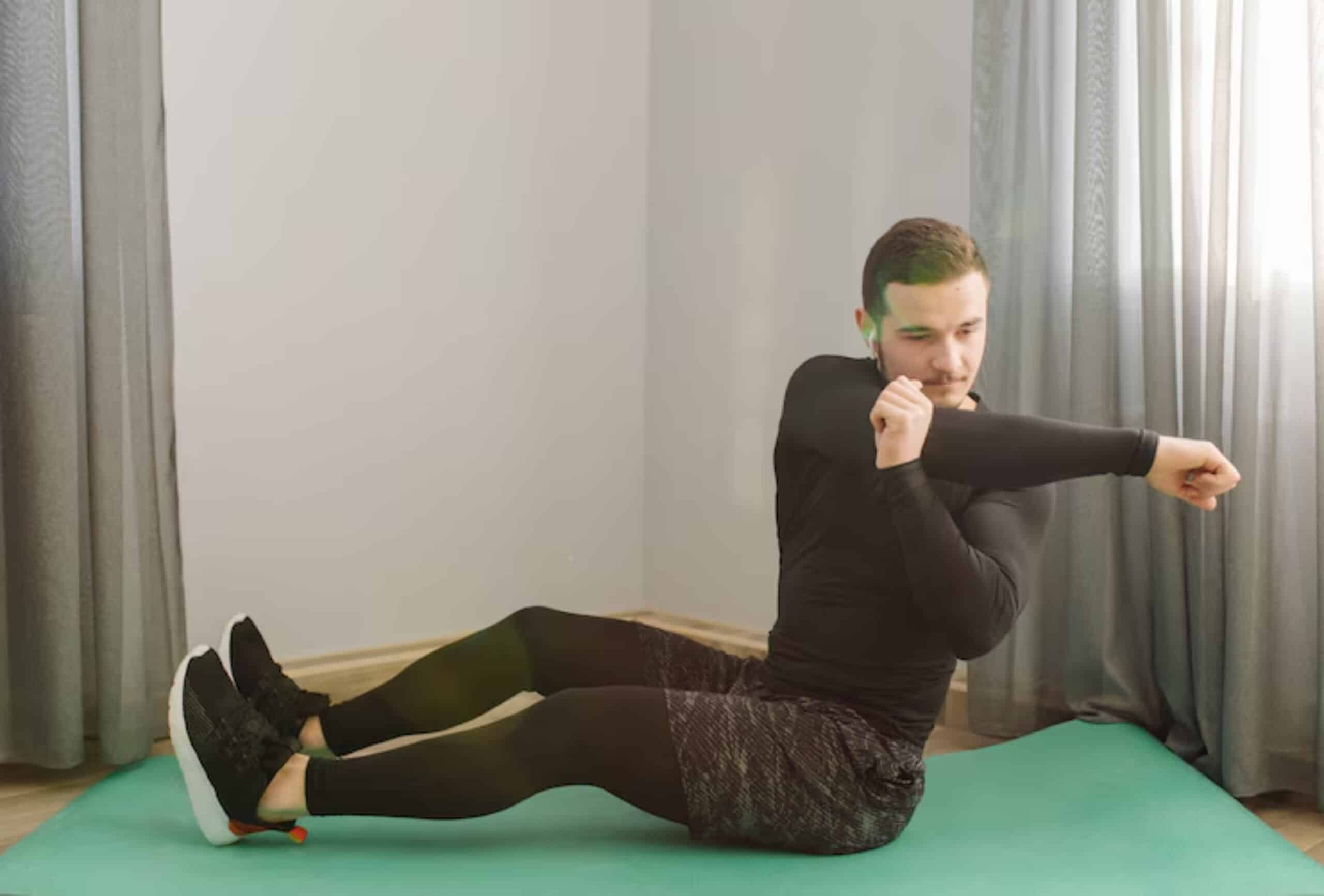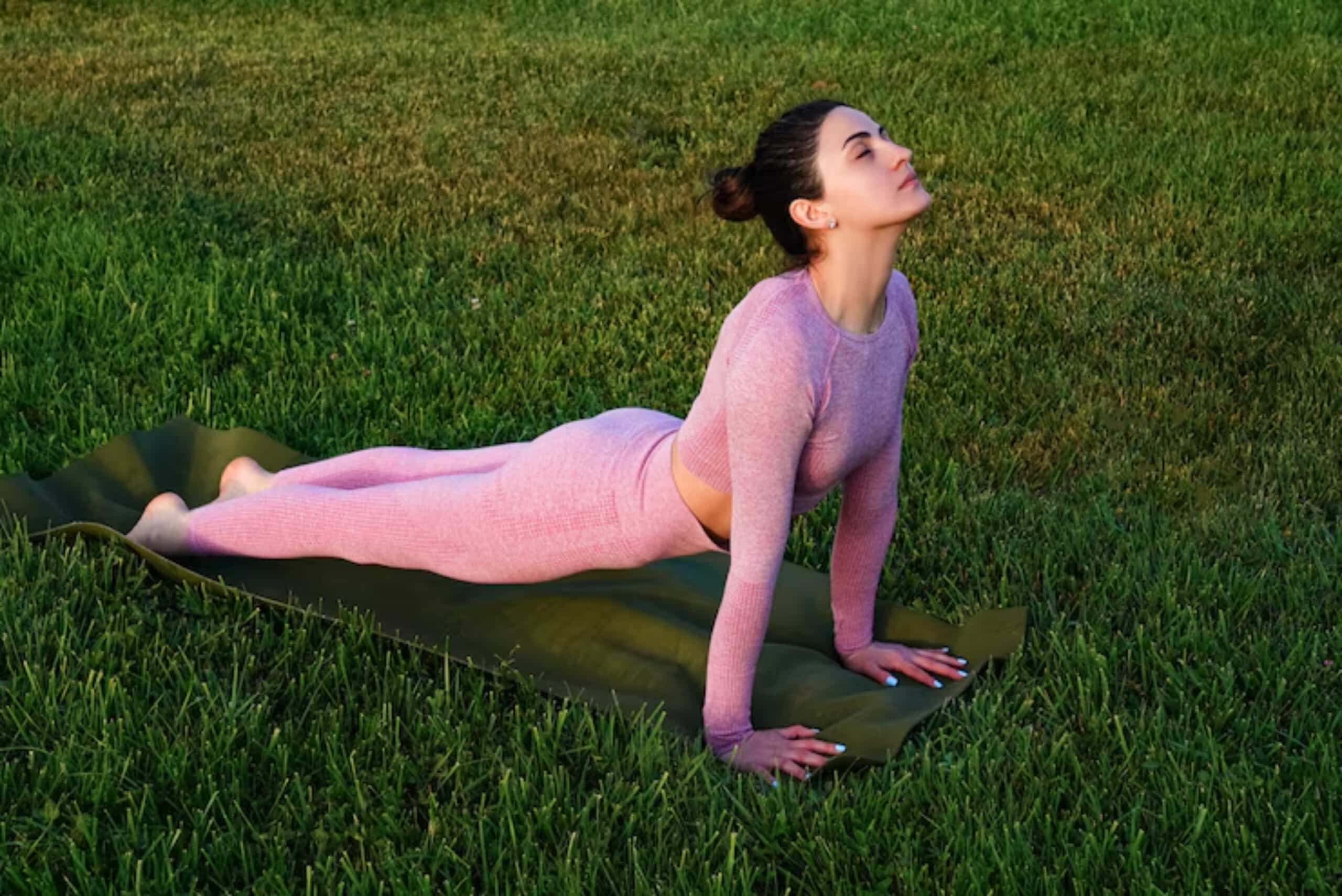
Best Evening Yoga Poses to Relax and Rebuild
After a full day of rushing, lifting, thinking, and doing, your body and mind crave something restorative. Not another intense workout. No more scrolling. What you really need is intentional stillness and soothing movement.
An evening yoga routine offers a perfect balance of release and rebuild. Whether you’re recovering from strength training, a hectic workday, or simply the mental clutter of modern life, yoga in the evening helps you wind down while enhancing muscle recovery and overall well-being.
In this guide, we’ll walk through:
- The science of evening yoga
- How recovery yoga poses support strength and sleep
- A calming, structured strength recovery flow you can do at home
- Breathing, mindfulness, and nightly rituals to deepen your rest
Let’s explore how just 20–30 minutes of yoga before bed can help you wake up stronger, calmer, and more mobile.
Why Evening Yoga Matters for Recovery
It Helps Your Muscles Rebuild
During strength training, your muscles experience micro-tears. It’s during rest, not reps, that they recover and grow.
Evening yoga improves:
- Circulation to tired muscles
- Oxygen delivery and waste removal
- Fascial release to reduce stiffness
It Supports Your Nervous System
Modern stress puts us in a near-constant state of sympathetic arousal (fight-or-flight).
Evening yoga activates the parasympathetic nervous system (rest-and-digest), helping your body.
- Lower cortisol
- Improve digestion
- Transition into restful sleep
It Encourages Mental Clarity
The breath-led flow of yoga slows your racing thoughts. It turns your evening into a ritual of connection and calm, rather than chaos and overstimulation.
Want to deepen your post-training recovery? Check out Deep Stretching Yoga for DOMS Relief.
Best Evening Yoga Poses for Relaxation and Recovery
These recovery yoga poses combine passive stretching with breath and support. They gently target commonly tight areas—hips, back, shoulders, and legs—without over-stimulating the body.
1. Child’s Pose (Balasana)
Why: Calms the mind, stretches the lower back, hips, and ankles
How: Knees wide, big toes together, forehead down, arms extended or by your sides
2. Legs-Up-The-Wall (Viparita Karani)
Why: Eases tired legs, improves circulation, reduces swelling
How: Scoot hips to a wall, rest legs vertically, support hips with a bolster if desired
3. Supine Twist (Supta Matsyendrasana)
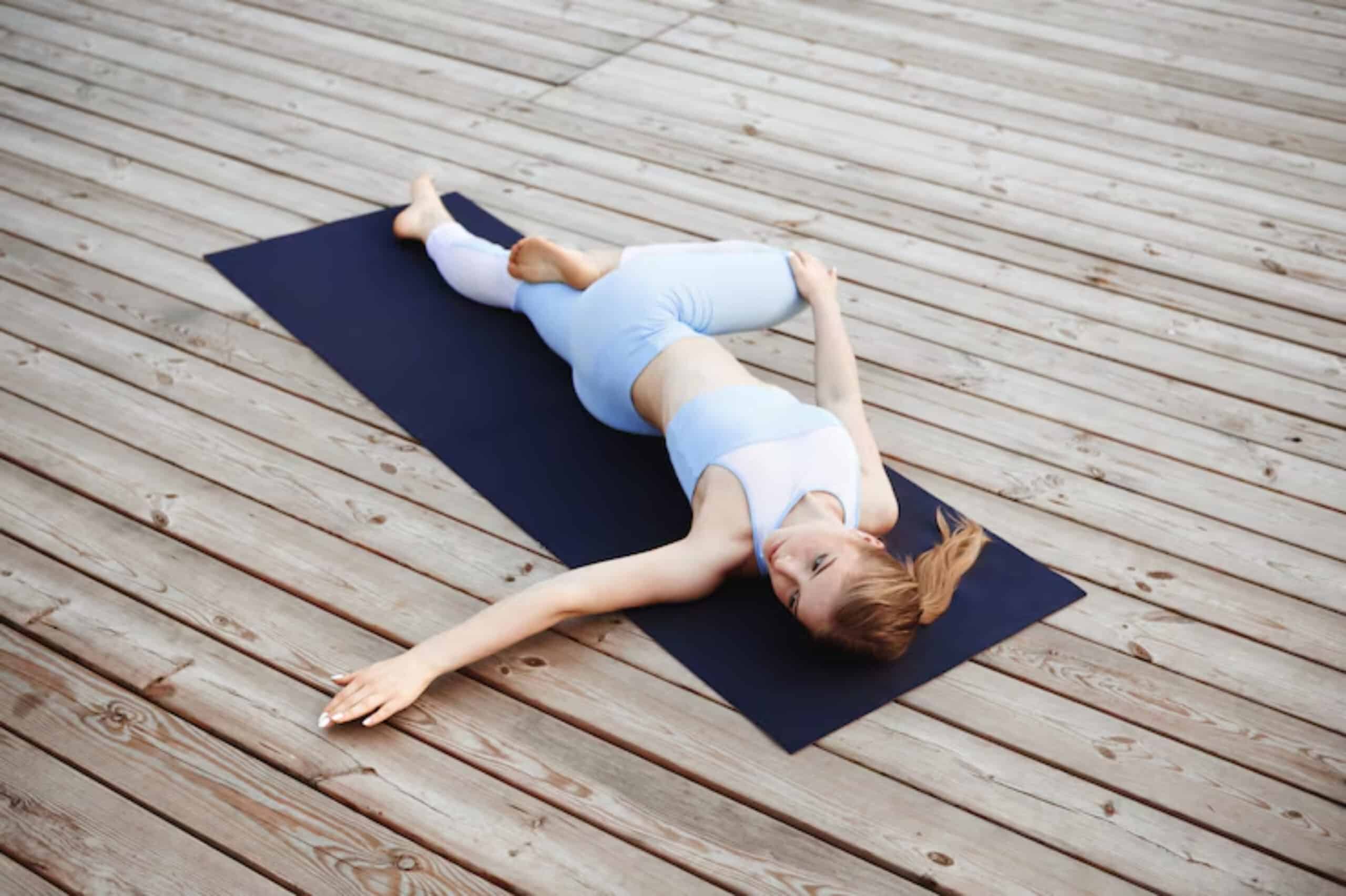
Why: Releases spine and obliques, soothes digestion
How: Bring one knee across the body, extend the opposite arm, gaze over the shoulder
4. Reclined Bound Angle Pose (Supta Baddha Konasana)
Why: Opens hips, promotes deep relaxation
How: Soles of feet together, knees wide, support knees with cushions
5. Thread the Needle (Supine Figure Four)
Why: Stretches glutes, hips, and lower back
How: Cross ankle over opposite thigh, draw legs toward chest
6. Supported Bridge Pose (Setu Bandhasana with Block)
Why: Gently decompresses the spine, opens the chest
How: Place block under sacrum, relax arms at sides
7. Seated Forward Fold (Paschimottanasana)
Why: Stretches hamstrings and spine, calms nervous system
How: Sit tall, fold forward with a long spine, use the strap if needed
8. Cat-Cow (Marjaryasana-Bitilasana)
Why: Mobilises the spine and regulates breath
How: On hands and knees, alternate arching and rounding back in rhythm with breath
Evening Strength Recovery Flow (25-Minute Routine)
This gentle flow is suitable for all levels and best practised with dim lighting and soft music. Props like blocks, bolsters, and straps are optional but encouraged.
Phase 1: Ground and Centre (5 Minutes)
- Seated breathing (2 mins): Box breath or 4-7-8 pattern
- Cat-Cow (1 min)
- Child’s Pose (2 mins)
Phase 2: Open and Ease (15 Minutes)
- Thread the Needle (1 min per side)
- Supine Twist (1 min per side)
- Reclined Bound Angle (3 mins)
- Supported Bridge (2 mins)
- Legs-Up-The-Wall (4 mins)
- Seated Forward Fold (2 mins)
Phase 3: Surrender and Stillness (5 Minutes)
- Savasana (5 mins): Optional eye pillow, calming music, focus on breath
Want to round out your flexibility goals? Explore our Daily Yoga Sequence to Improve Overall Flexibility.
Breath Practices to Deepen Recovery
Why Breath is Your Secret Weapon
Most people breathe high and shallow, especially under stress. Conscious breath:
- Triggers relaxation
- Enhances tissue oxygenation
- Anchors the mind to the present
Try This: 4-7-8 Breathing
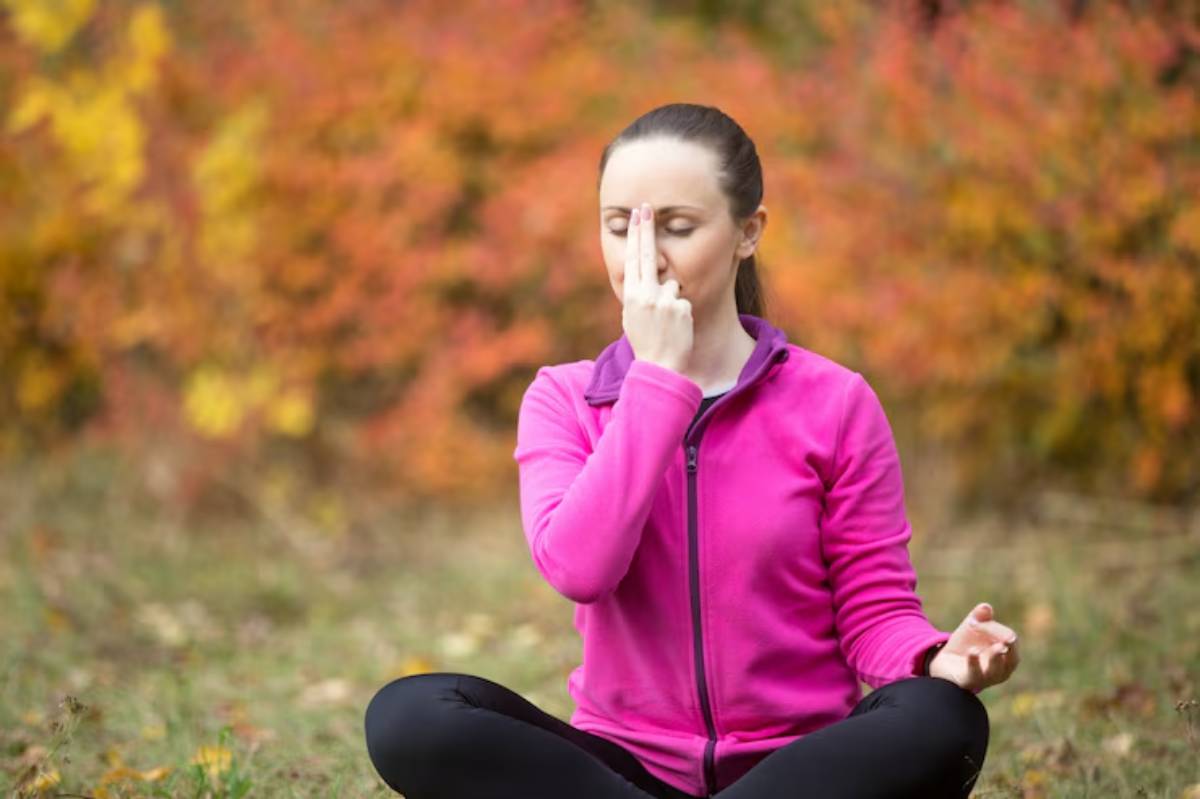
- Inhale through the nose for 4 counts
- Hold for 7
- Exhale slowly through the mouth for 8. Repeat for 4 cycles before sleep
Use this during longer holds to amplify the calming effects of each pose.
Tips to Maximise Your Evening Yoga Practice
- Keep the lights low and avoid screens an hour before
- Use calming scents like lavender or sandalwood
- Practice at the same time nightly to train your circadian rhythm
- Wear cosy layers to stay warm as your body cools
- Avoid caffeine late in the day to support deeper sleep post-yoga
Real-Life Transformations
Sarah, 34, Strength Coach “Evening yoga has become my non-negotiable. It’s the only thing that truly resets my mind and muscles after coaching and training.”
Jake, 42, Entrepreneur: “I used to lie awake thinking about my to-do list. Now, I do ten minutes of yoga, and I fall asleep within minutes. It’s a game changer.”
Amara, 27, Busy Mum “: My body was always sore from running around. Evening yoga gave me a quiet space to reconnect and actually enjoy my rest.”
How to Stick With It: Creating a Nightly Yoga Habit
- Leave your mat visible in your living space
- Use a journal to track how your body feels post-flow
- Pair with an evening tea or dim light ritual
- Share your routine with a friend or partner
- Start small: Even 10 minutes matters
This isn’t about perfection. It’s about showing up, unwinding, and caring for your future self.
Conclusion: Sleep Deeper, Recover Smarter
Rest isn’t passive. It’s where the real gains happen. And there’s no better way to end your day than with a yoga routine designed to relax and rebuild.
The best part? You don’t need a studio, expensive gear, or loads of time. Just a mat, your breath, and the intention to be kind to yourself.
Ready to make the rest your superpower? Sleep well. Move better. Recover fully.
